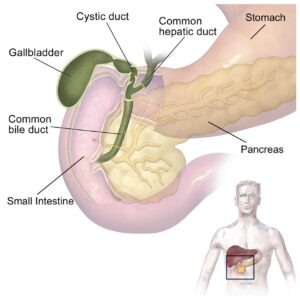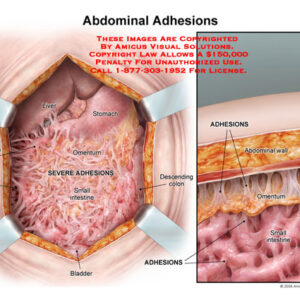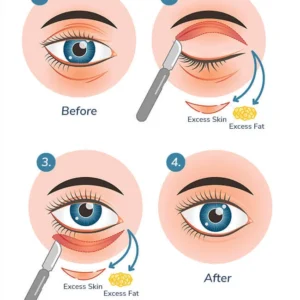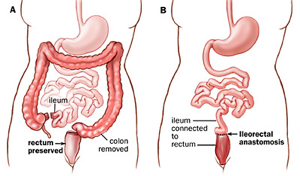Familiarity with Treatment
Cataract surgery is a common procedure to remove a cloudy lens from the eye and replace it with an artificial lens, known as an intraocular lens (IOL). A monofocal IOL is a type of lens that provides clear vision at one specific distance, typically set for distance vision.
Procedure Explanation
During cataract surgery, the cloudy natural lens (cataract) is removed and replaced with a clear artificial lens. The steps include:
- Anesthesia: Local anesthesia is administered to numb the eye.
- Incision: A small incision is made in the cornea.
- Lens Removal: The cloudy lens is broken up using ultrasound waves (phacoemulsification) and removed.
- IOL Insertion: The monofocal IOL is inserted through the incision and positioned in the lens capsule.
- Closure: The incision is usually self-sealing and may not require stitches.
Who is it Suitable For?
- Individuals with significant vision impairment due to cataracts.
- Patients who prefer clear distance vision and are comfortable using glasses for near tasks like reading.
- Those without other significant eye conditions that might affect the outcome of the surgery.
Who is it Not Suitable For?
- Patients with severe eye conditions such as advanced glaucoma or macular degeneration.
- Individuals who desire multifocal vision correction (both near and far) without the use of glasses.
- Those with certain health conditions that may increase surgical risks.
Advantages
- Restores clear vision by removing the cloudy lens.
- Monofocal IOLs provide excellent distance vision.
- The procedure is quick, typically taking about 15-30 minutes.
- High success rate with minimal discomfort.
Complications
- Risk of infection and inflammation.
- Potential for posterior capsule opacification (clouding behind the new lens).
- Possible dislocation of the IOL.
- Rare complications include retinal detachment or increased intraocular pressure.
Previous Care
- Comprehensive eye examination to assess the severity of cataracts and overall eye health.
- Measurements of the eye to determine the appropriate power of the IOL.
- Discussion of the procedure, risks, and benefits with the ophthalmologist.
Aftercare
- Use of prescribed eye drops to prevent infection and reduce inflammation.
- Avoiding strenuous activities and heavy lifting for a few weeks.
- Wearing an eye shield at night to protect the eye.
- Follow-up visits to monitor healing and ensure the IOL is properly positioned.









Reviews
There are no reviews yet.